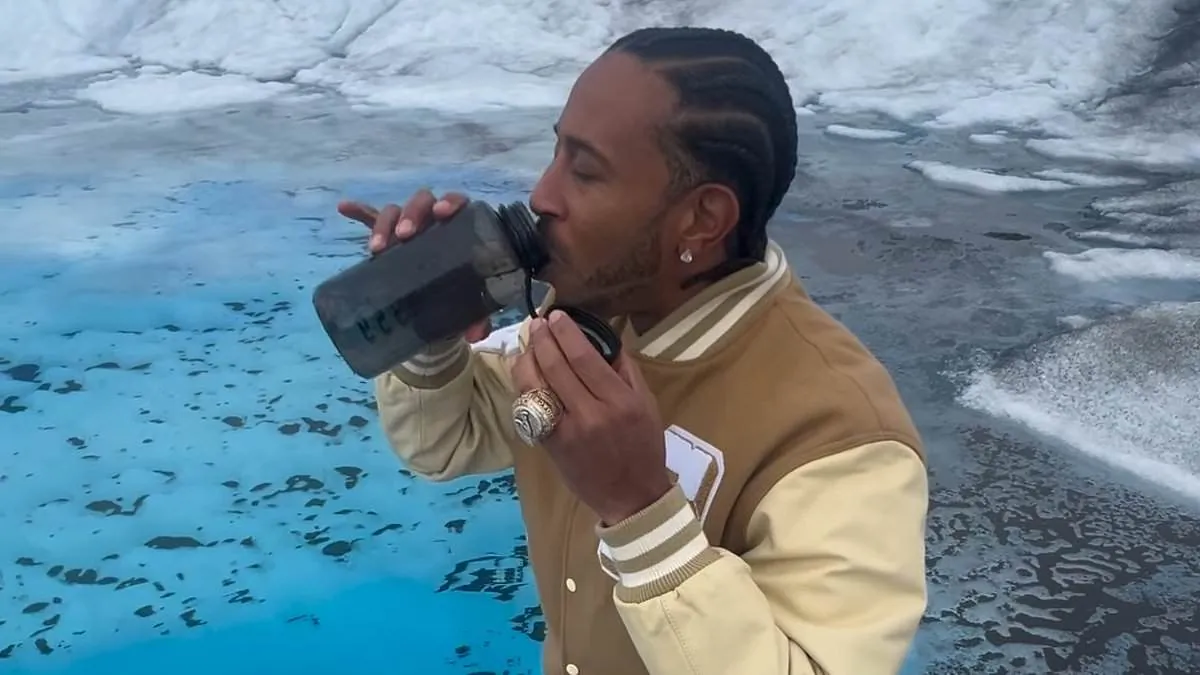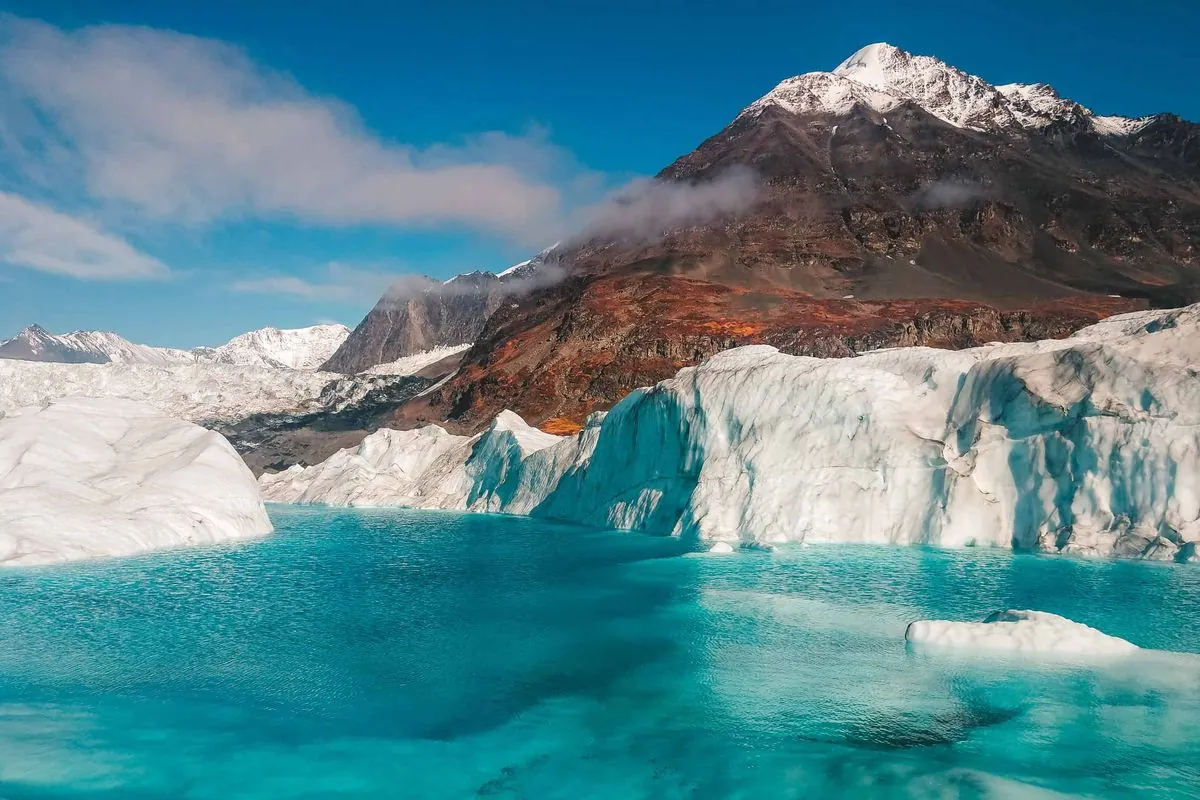Ludacris' Glacial Water Sip Sparks Debate on Alaska's Icy Treasures
Rapper Ludacris drinks from an Alaskan glacier, igniting online concerns. Experts assure safety of glacial water, highlighting Alaska's vast icy landscape and the impact of climate change.

In a recent social media sensation, Chris "Ludacris" Bridges stirred up controversy by sampling water directly from an Alaskan glacier. The rapper-turned-actor's actions, captured on video and shared widely on platforms like TikTok and Instagram, garnered millions of views and sparked a debate about the safety of consuming untreated glacial water.
The incident occurred at Knik Glacier, situated approximately 40 miles north of Anchorage, where Ludacris was fulfilling a personal ambition prior to his performance at the Alaska State Fair five days ago. The video depicts him kneeling on the glacier, filling an empty bottle with water from a pristine blue pool, and drinking it with evident delight.
While some viewers expressed concern about potential health risks, particularly the possibility of giardia contamination, experts were quick to allay these fears. Martin Truffer, a glaciologist from the University of Alaska in Fairbanks, dismissed the worries as unfounded, stating, "He's totally fine. If you drink water from a melt stream on a glacier, that's about the cleanest water you'll ever get."

Ludacris later shared his enthusiasm about the experience, describing the glacial water as "the best tasting water I've ever had in my life" during a performance in Minneapolis yesterday.
Despite the reassurances from experts, it's important to note that general guidelines for outdoor water consumption remain cautious. The Alaska Department of Environmental Conservation advises against drinking untreated surface water and provides recommendations for safe drinking practices in the wilderness.
"We do not recommend drinking untreated surface water."
Alaska's glaciers, numbering around 100,000, cover approximately 28,800 square miles - a staggering 3% of the state's total area. This glacial coverage is 128 times larger than that of all other U.S. states combined, making Alaska a unique repository of these icy treasures.
However, the state's glaciers face significant challenges due to climate change. A recent study released last month revealed that the melting of Juneau's icefield is accelerating at an alarming rate, now shrinking 4.6 times faster than in the 1980s. This rapid change underscores the broader impact of global warming on Alaska's iconic landscapes.
As the debate around Ludacris' glacial water tasting subsides, it serves as a reminder of the complex interplay between human interaction with nature, public health concerns, and the ongoing environmental changes affecting Alaska's majestic glaciers. While the rapper's impromptu drink may have been safe, it highlights the need for continued awareness and conservation efforts to preserve these natural wonders for future generations.


































